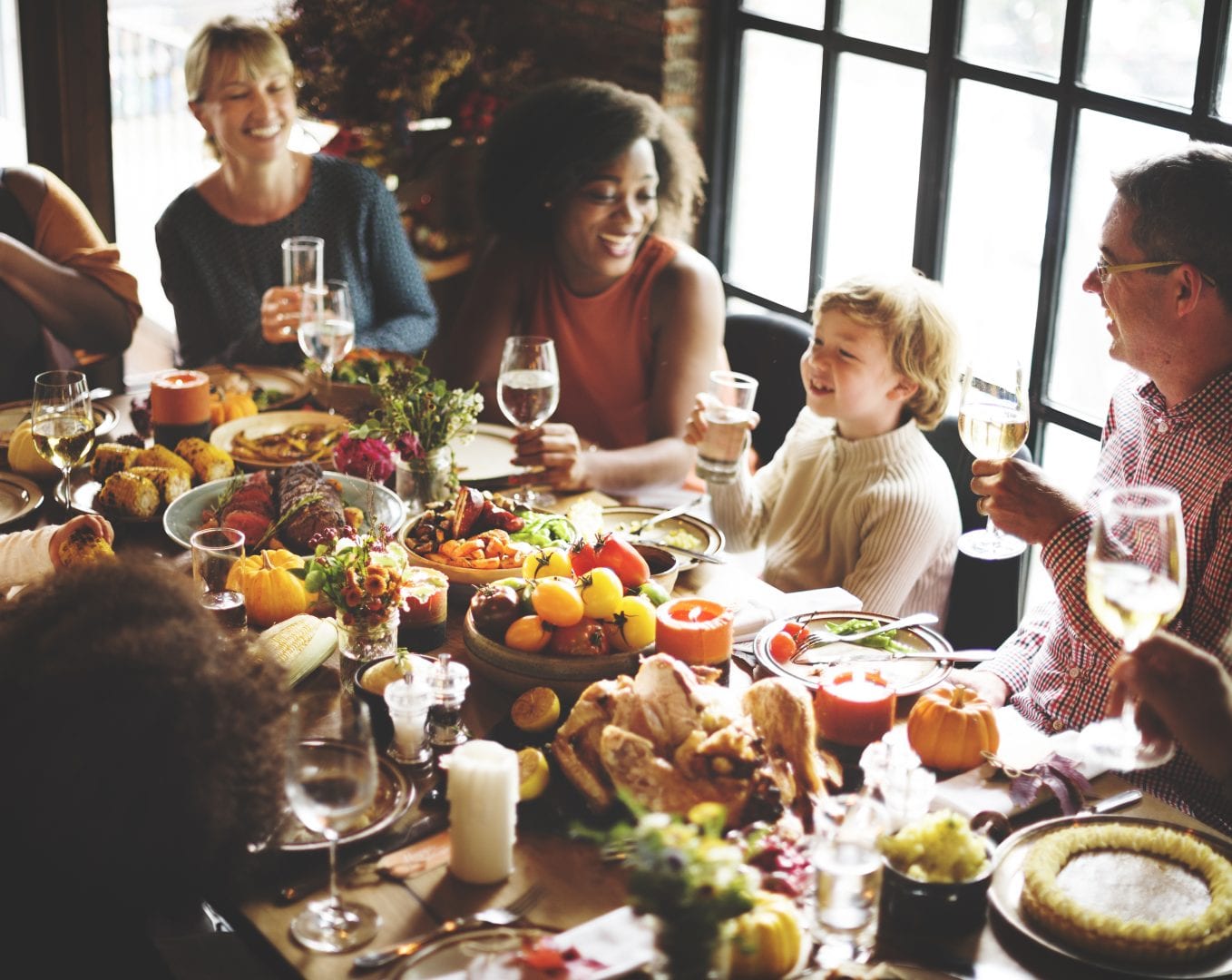Making Holiday Traditions Through Teaching

Thanksgiving is a time for great food, family, and fun! We’re always looking for ways to make experiences meaningful for kids who have visual impairments and that’s especially important around the holidays. Emily Coleman, a long time FamilyConnect blogger and Superintendent of the Texas School for the Blind, previously shared how she preserves Thanksgiving traditions for her son Eddie by making them into teaching moments.
“It might be hard to take our children to a big Thanksgiving dinner because it is loud, chaotic, and totally out of their routine. But, if family gatherings are something you like to do, you should definitely attend and take the opportunity to work with your child on adapting to new social settings. Show them around the unfamiliar house, introduce them to everyone (or have them say hi to family they know), and help them feel comfortable in their surroundings. Families should not skip traditions due to their child with a visual impairment; we all have been surprised to find new things they like that we never thought they would.
One reason I find it hard being the parent of a visually impaired child is because you are always teaching, which happens even during the holidays. As all of us know, without sight a child with a visual impairment needs everything explained to them in detail. Lengthy explanations can be tiring, and for those with visually impaired children that are communicating verbally, the questions can seem endless. That is why it is important to take advantage of common holiday occurrences by teaching in the moment.
With three children, I hardly have time to sit down with Eddie and explain all aspects of the holidays. So, while we are selecting a Christmas tree, baking cookies, or making a turkey I try to describe every step of the process and let him get his hands dirty. For example, in the process of preparing the turkey, I let him feel the skin and discuss the parts of the turkey. This includes where the stuffing goes, even though that explanation tends to make stuffing a little less appetizing, understandably. Including him in the process is surprisingly easy. Making the turkey is something I’m going to do anyway, so I might as well have him experience the process along with my sighted children.
For children who are visually impaired, we also are often required to adapt activities so they can enjoy them, which is just as true during the holidays.”
Emily first shared this part of her journey with us on FamilyConnect in 2009. You can read the original here: https://bit.ly/2rtaI9v
Or learn more about Emily and Eddie’s journey, plus find great tips and resources at www.familyconnect.org
